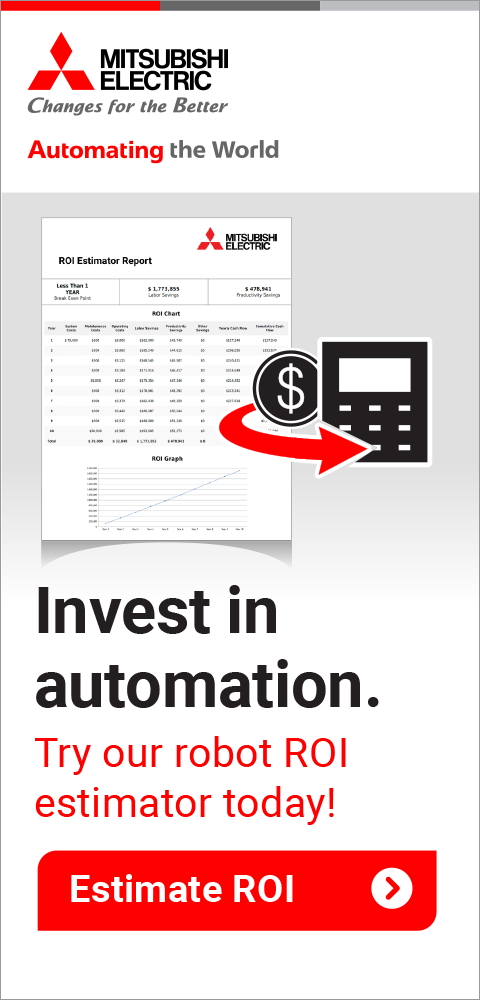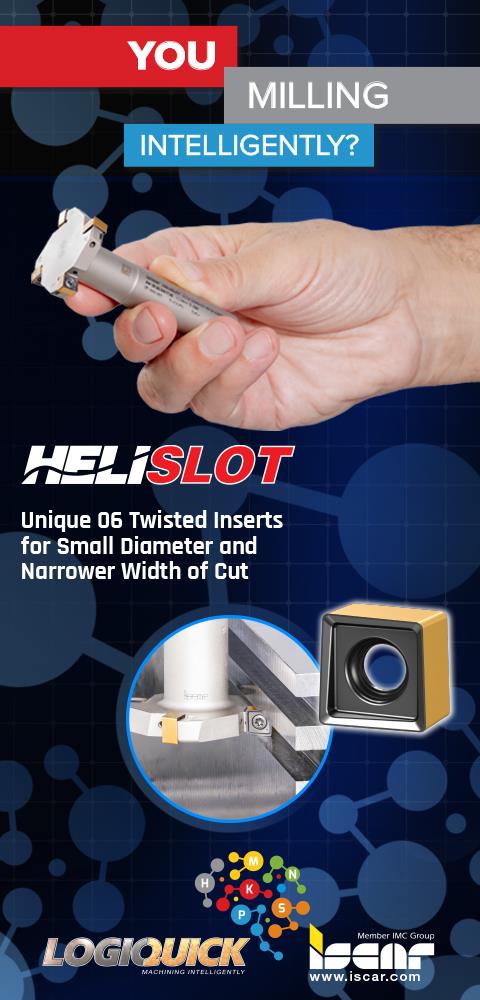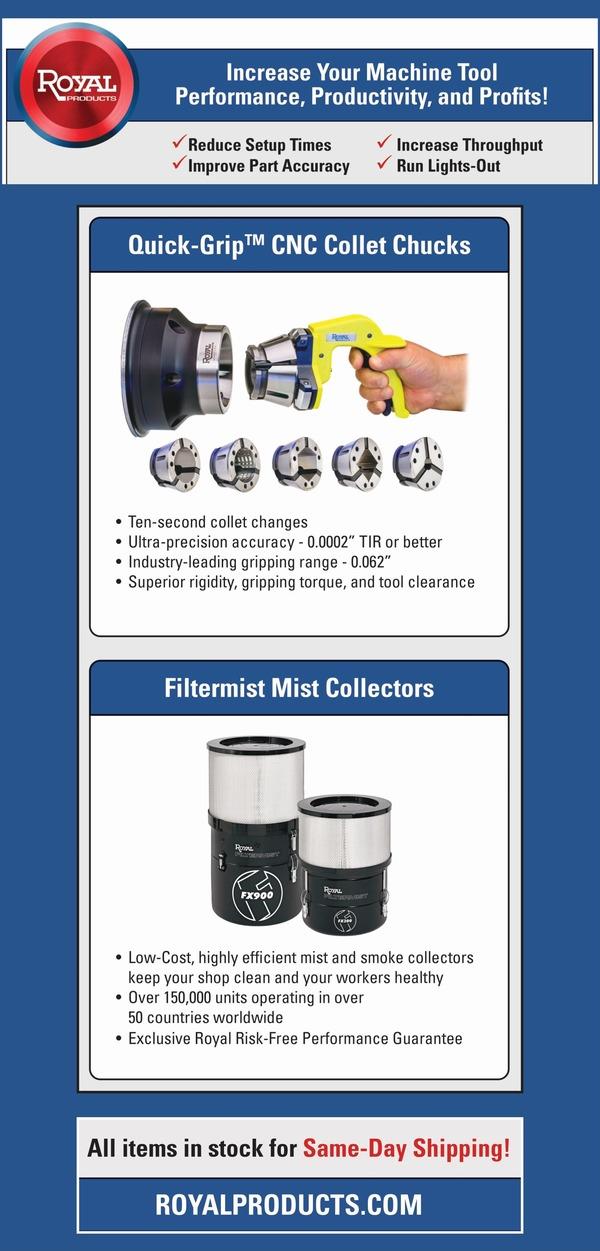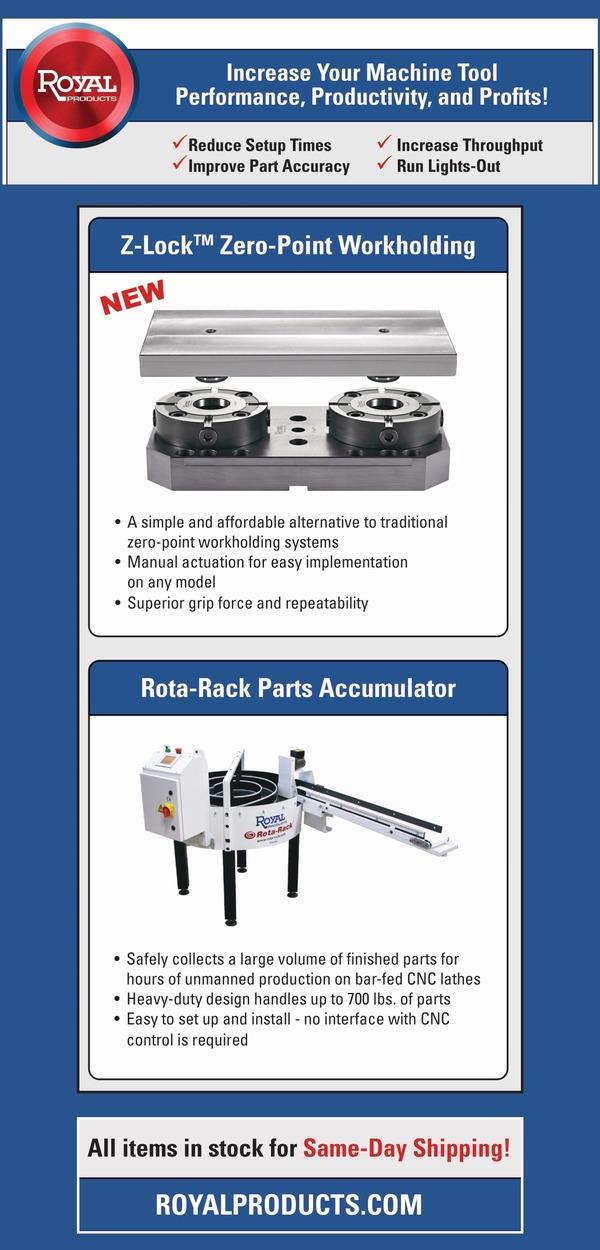








Whitepaper Details Emergency Eyewash Best Practices and Hidden Dangers
July 1, 2014
Honeywell has published a whitepaper entitled "How to Identify Safe and Effective Emergency Eyewash - and the Hidden Dangers to Avoid." It is intended to be a resource to everyone responsible for industrial health and safety. The whitepaper is available now for download in English and French at www.honeywellsafety.com.
"Our in-depth experience with customers around the world shows there are still a lot of questions about proper emergency eyewash selection, installation, maintenance and usage," said Kelly Piotti, Senior Product Manager for Honeywell Safety Products. "Beyond that, there is a lack of awareness for the many ways that improper eyewash practices can further damage an already compromised eye - at a huge expense to workers and employers alike. We developed this whitepaper to support safety and facility managers in making informed decisions about not only the various types of eyewash devices and flushing fluids available, but also to warn against the less obvious dangers that require careful consideration."
Readers will learn the latest national safety standards as well as equipment options and proper overall usage. Emergency eyewash flushing fluids are also detailed, including the differences between sterile and non-sterile fluids, buffered and Ph balanced fluids, manufacturing processes and other possible sources of harmful impurities. By providing a comprehensive look at the facts behind the safe and effective treatment of industrial eye injuries, Honeywell aims to reduce the impact of recordable eye injuries and support every organization's overall safety culture.
For more information contact:
Honeywell Safety Products
900 Douglas Pike
Smithfield, RI 02917
800-430-5490
informationsp@honeywell.com
www.honeywellsafety.com
< back